I am parsing an OBJ which has texture coordinates more than 1 and less than 0 as well. I then write it back by making the UV values in the range [0,1]. Based on the understanding from another question on SO, am doing the conversion to the range [0,1] as follows.
if (oldU > 1.0) or (oldU < 0.0):
oldU = math.modf(oldU)[0] # Returns the floating part
if oldU < 0.0 :
oldU = 1 + oldU
if (oldV > 1.0) or (oldV < 0.0):
oldV = math.modf(oldV)[0] # Returns the floating part
if oldV < 0.0:
oldV = 1 + oldV
But I see some jagged lines in my output obj file and the original obj file when rendered in some software:

